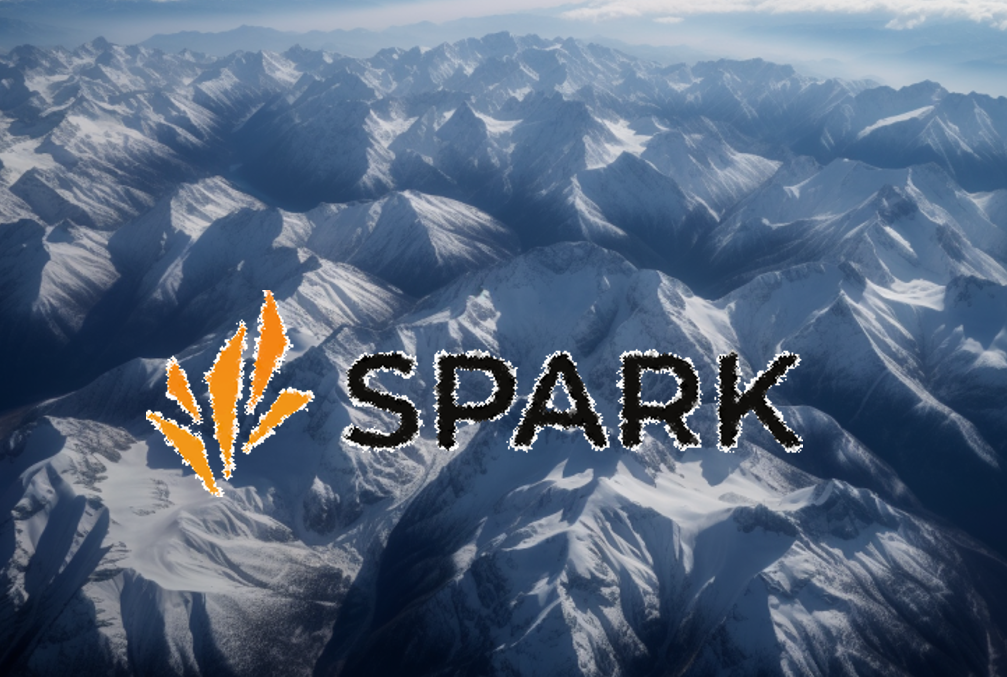
One of the oldest decentralized finance (DeFi) projects, MakerDAO is best known for its decentralized stablecoin, DAI. This is the only decentralized stablecoin in the top stablecoin charts.
Building on its success, the project launched the Spark protocol in May 2023.
Spark Protocol is the foundation — a DeFi infrastructure layer designed to support a range of services within the MakerDAO ecosystem and beyond. It is a modular, full-stack DeFi protocol, aiming to become a one-stop hub for decentralized financial products, including lending, stablecoin functionality, and other advanced tools.
At its core, Spark Protocol is deeply integrated with MakerDAO’s existing systems. Most notably, it connects with the DAI Direct Deposit Module (D3M), which allows the protocol to interact directly with Maker’s credit facilities to supply DAI liquidity to external platforms.
Although lending is the first use case, Spark Protocol is designed to eventually support more — think staking, yield strategies, and seamless integrations across the broader DeFi ecosystem.
New Market, New Competitors
The performance of the Spark protocol to date can certainly be deemed successful and a great benefit for MakerDAO. However, its long-term success will hinge on the project's ability to compete with leading players in the space, such as Aave and Compound.
Currently, the two main factors attracting users to the platform are the highly competitive DAI lending/borrowing rates and the potential airdrop, promised to Spark Protocol users.
MakerDAO was one of the first crypto projects to take advantage of real-world assets, like U.S. government bonds. For example, MakerDAO’s Treasury buys U.S. Treasury Bonds (T-Bills), which earn interest. A big part of the money MakerDAO earns from those bonds is then shared with users who hold DAI, its stablecoin, through a feature called the Dai Savings Rate (DSR).
The DSR vault, offered through Spark, lets DAI holders deposit their tokens and earn interest — currently set at 5% per year. As of now, about 1.75 billion DAI are locked in the DSR vault earning this yield.
Unlike most crypto lending platforms where rates change based on supply and demand, the DSR is manually set by MakerDAO. This gives the project flexibility to adjust the rate as needed. They even created a special system called the Enhanced Dai Savings Rate (EDSR), which temporarily boosts the rate to encourage early participation.
Back in August 2023, MakerDAO increased the rate to 8%, which attracted a lot of new DAI holders and caused the DAI supply to grow quickly. But higher yields also reduce the profits available to holders of MKR, MakerDAO’s governance token. To balance things out, the rate was later brought back down to 5%.
Spark Lend
Spark Lend is the first live application built on top of Spark Protocol. It is a lending and borrowing platform similar in function to protocols like Aave or Compound. Interestingly, both its smart contracts and the front end are derived from Aave’s open-source codebase.
What sets Spark Lend apart from other lending markets is its native integration with MakerDAO’s D3M. This feature allows Spark Lend to offer highly competitive borrowing rates on DAI by sourcing liquidity directly from Maker, instead of relying solely on user-supplied funds.
Users can deposit assets like DAI, ETH, and stETH to earn yield, or borrow against their holdings. At present, Lido’s stETH and DAI are the leading markets on Spark Lend. Their APR rates closely mirror those found on Aave.
At present, Spark Lend has $816 million supplied and $259 million borrowed. While this is impressive for a relatively young protocol, there is still a long and hard journey ahead to rival protocols such as Aave, which remains superior in terms of the number of markets, users, and TVL.
Data from Dune Analytics reveals that since the onset of 2023, Aave V3 has registered over 16k users, compared to just over 1,600 for Spark Protocol.
Interestingly, according to Spark Protocol’s terms of use, users employing VPN networks are prohibited from using the protocol. The compliance feature has garnered significant dissatisfaction from the permissionless service community.
While government yields remain elevated, MakerDAO’s integration with these rates may influence user adoption of the DAI stablecoin and its lending platform. If yields decline in the future, MakerDAO may need to explore alternative approaches to sustain engagement with Spark Lend, particularly in a competitive DeFi lending environment.

